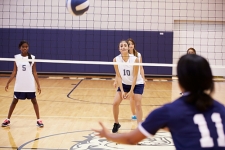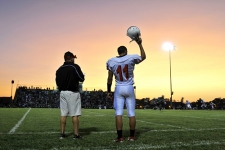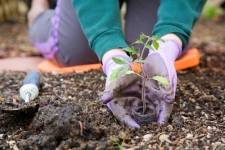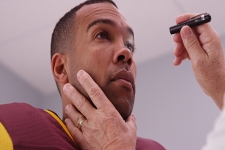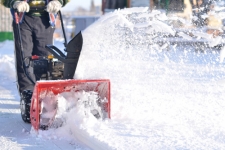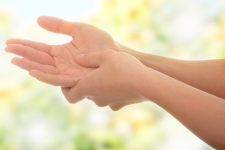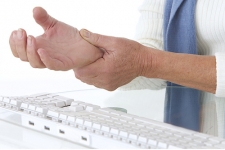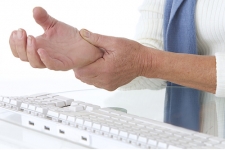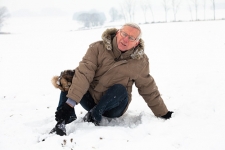It’s official – winter is here. And, with it comes snow and ice. While fun for skating, sledding, and snowman building, it’s also prime conditions for slips and falls – often resulting in foot and ankle injuries. In fact, the American College of Foot and Ankle Surgeons states that falls on icy surfaces are a major cause of ankle sprains and fractures, and often times severe. The severity tends to go up in the winter because ice accelerates your fall AND makes it possible for your foot to go in virtually any direction after slipping. The most common injuries are due to slips on sidewalks, driveways, porches, and stairs.
Read more


